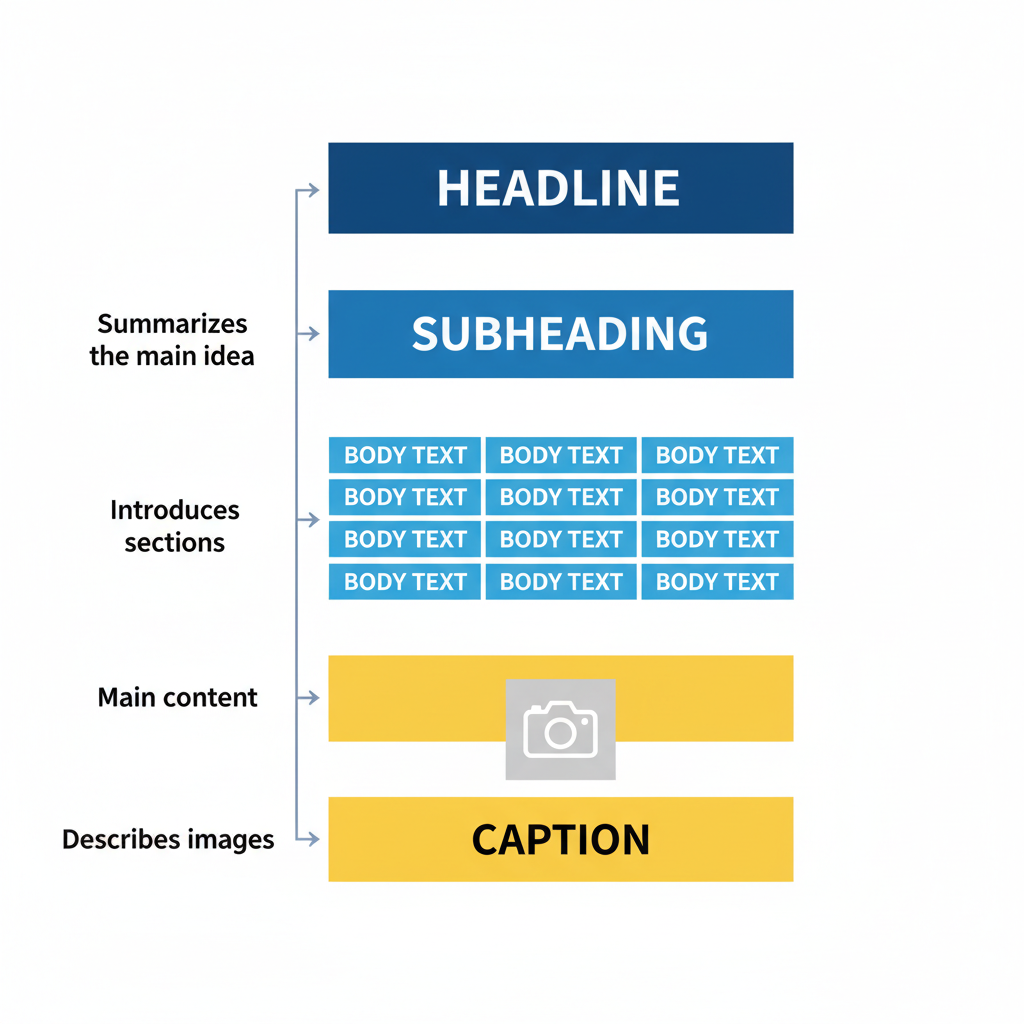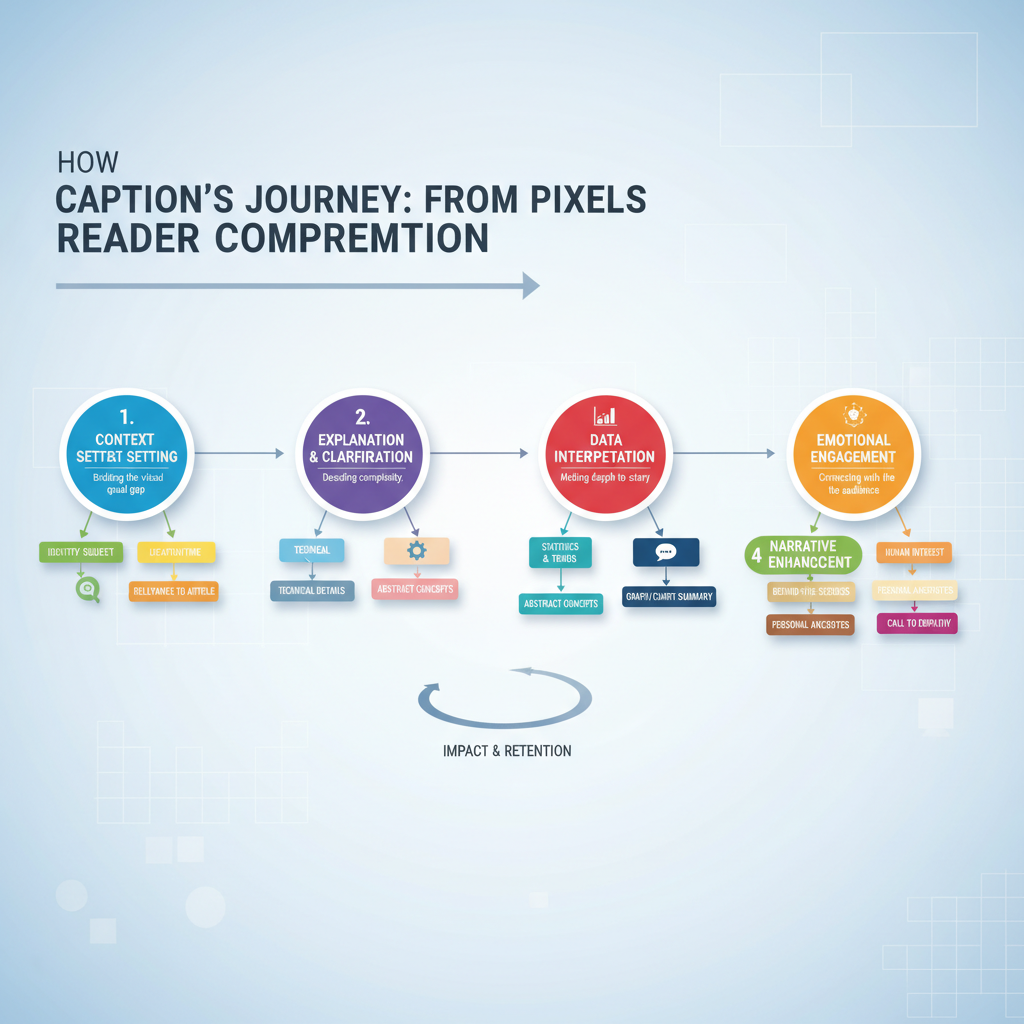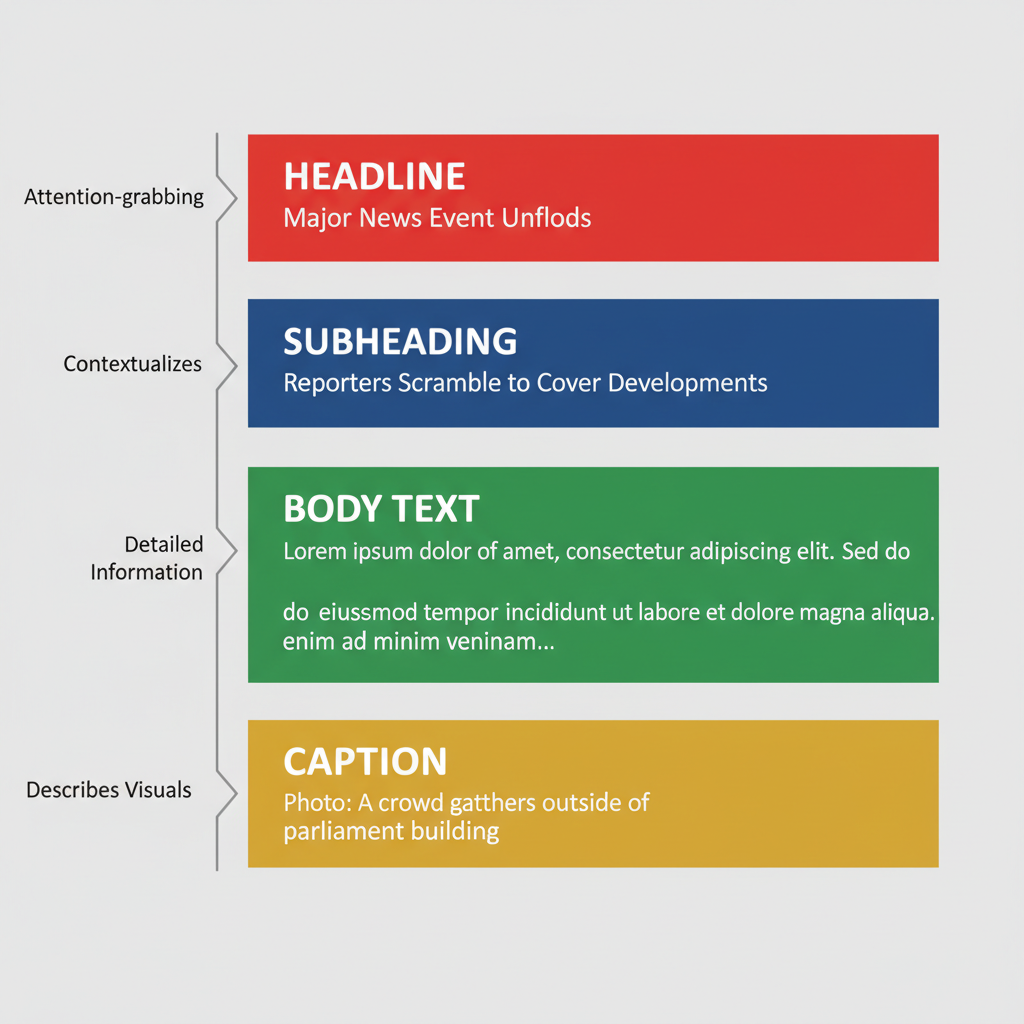Definition and Purpose of a Story Caption Explained
Learn the definition, purpose, and characteristics of story captions to enhance context, clarity, and engagement across visual and written mediums.

Introduction to Story Captions
In content creation — whether for journalism, social media, literature, or marketing — knowing what is a caption of a story can dramatically improve storytelling impact. A story caption is more than a line beneath a photo; it’s a strategic snippet that bridges visuals and narrative, guiding interpretation and fueling engagement. This guide explores the definition, purpose, characteristics, and benefits of captions, equipping you to craft concise, compelling text that resonates.
---
Understanding the Concept: What Is a Caption of a Story?
If you've ever read a news article, scrolled through social media, or explored a photo essay, you've encountered a caption — a short line or paragraph accompanying an image or story. The core question many ask is: _what is a caption of a story_?
A story caption is a brief textual element that complements the primary narrative or visual. It gives essential context, clarifies meaning, and helps the audience interpret the content more accurately.

While captions might seem secondary to a headline or the main body of text, they play a vital role in guiding reader perception and engagement. Let's delve deeper into their definitions and functions across various fields.
---
Defining Story Captions Across Different Mediums
In Literature
In literature, captions are often found in illustrated works or graphic novels. They may describe a scene, elaborate on action in an image, or provide supplemental narrative detail.
In Social Media
On platforms like Instagram, Facebook Stories, and TikTok, captions often accompany photos or short videos. They're not just literal descriptions; they're strategic hooks meant to spark interaction and trigger emotions.
In Journalism
In news articles and photojournalism, captions explain who or what is depicted, where and when the event happened, and often a key fact to contextualize the image or story. This ensures facts are transparent and understandable.
---
Purpose of Captions: Enhancing Reader Understanding
Story captions serve several purposes:
- Provide context for images and short narratives.
- Clarify ambiguities, especially when visuals alone may be misinterpreted.
- Summarize key points in situations where readers skim rather than read in detail.
- Influence tone and perception, shaping reader emotions before they dive into the full story.

By bridging the gap between visual and textual elements, captions become an essential part of an audience’s first impression.
---
How Captions Differ from Other Story Elements
Understanding the distinction between captions and other textual elements avoids confusion in storytelling.
| Element | Primary Function | Length | Placement |
|---|---|---|---|
| Title | Grabs attention, states main topic | Short | Top of story/page |
| Subtitle | Expands on title, adds extra detail | Short to medium | Below title |
| Description | Provides detailed overview | Medium to long | Introductory section or metadata |
| Caption | Explains or adds context to specific image/story piece | Very short to short | Beneath image, within content block |
Captions aim to complement rather than headline the content, making them inherently different from titles or descriptions.
---
Characteristics of Effective Story Captions
Creating a powerful caption requires strategic thinking:
- Clarity — Avoid ambiguity; make sure the reader understands exactly what is being referenced.
- Brevity — Keep text concise yet informative.
- Relevance — Stay focused on the associated image or story fragment.
- Engagement — Add a hook or emotional appeal to capture attention.
- Accuracy — Provide correct names, dates, and facts.
---
Examples of Story Captions in Action
News Articles
A news photo of a political rally might feature the caption:
“Supporters gather in downtown square on Saturday to protest policy changes.”
Photojournalism
A photograph capturing humanitarian aid distribution can have a caption like:
“Volunteers hand out food parcels to flood victims in Northern Province.”
Instagram Stories
For a travel snapshot, an Instagram caption might be:
“Sunset views that make you forget the hustle.”

---
Emotional and Expectation Influence of Captions
Captions shape perception long before the audience engages with the full content:
- Emotional cues — Provoke empathy, excitement, curiosity, or urgency.
- Expectation framing — Adjectives and tone set how the audience interprets the subsequent narrative.
- Memory triggers — Effective captions create lasting connections between visual and textual memory.
---
Tips for Writing Impactful Story Captions
Practical guidance for crafting better captions:
- Identify the essence of the image or story before drafting.
- Prioritize active voice for more dynamic impact.
- Use sensory language to heighten emotional involvement.
- Match tone with medium — Playful online, formal in journalism.
- Avoid redundancy — Don’t state what the image already reveals.
- Check accuracy — Build credibility through factual correctness.
---
Common Mistakes to Avoid
Even seasoned writers misstep:
- Overloading with information — Too much text reduces clarity.
- Being too vague — Ambiguity leads to misinterpretation.
- Ignoring audience context — Misjudged tone alienates readers.
- Using clichés — Overuse leads to diminished impact.
---
Captions in the Broader Storytelling Strategy
Strategically, captions act as:
- Entry points into deeper content.
- Brand voice reinforcement across media.
- SEO tools — Incorporating relevant keywords naturally.
- Accessibility aids for visually impaired audiences.
They should align with campaign messaging and audience expectations.
---
Benefits of Strong Captions
Strong captions:
- Increase engagement by drawing readers in.
- Improve comprehension of visuals and narratives.
- Enhance shareability of social content.
- Boost professionalism in journalism or corporate materials.
---
Summary and Next Steps
Learning what is a caption of a story is essential for writers, marketers, and journalists. Captions act as bridges between visual and textual storytelling, offering clarity, emotional depth, and strategic leverage. Whether working on social media posts or investigative features, invest time in crafting captions that inform and inspire.
CTA: Start refining your caption-writing skills today — experiment with tones, formats, and contexts, and see how your engagement rates and reader connection grow.


